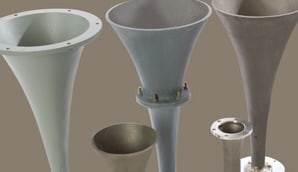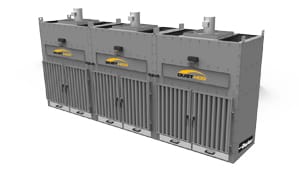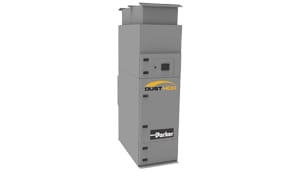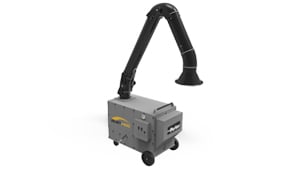Air Quality & Dust Collection, A Major Priority
Metals and Machining covers a wide array of applications, and no matter which area you are in we have the expertise to be a valuable partner.
Over the past few years, EPA (Environmental Protection Agency) and OSHA (Occupational Safety & Health Administration) regulations have become increasingly more stringent, requiring the metals and metalworking industry to upgrade their current operational ventilation systems to comply with regulatory standards. There may also be the potential need for additional airflow capacity in existing or new areas. Even with the focus on optimizing the operation of existing dust, mist, and fume collection systems, many plants may consider the necessity for new capital equipment or new alternative filtration technologies that are available.
Your industry faces a multitude of challenges:
• Worker health protection and minimized potential long term liability
• OSHA & EPA regulation compliance
• Energy savings and conservation through recirculated conditioned air
• Machine and filter life
• Unplanned shutdowns
• High differential pressure
• Insufficient airflow
We can evaluate existing dust, mist, and fume collection systems and equipment to provide detailed technical recommendations, products, and training to solve the specific challenges you may be facing.
You may have a single piece of collection equipment or a large baghouse to your entire emissions control system. After nearly 50 years in the filtration business, we have dealt with billions of particles from hundreds of sources, in dozens of industries.We have the expertise to best optimize your air stream and plant operations.

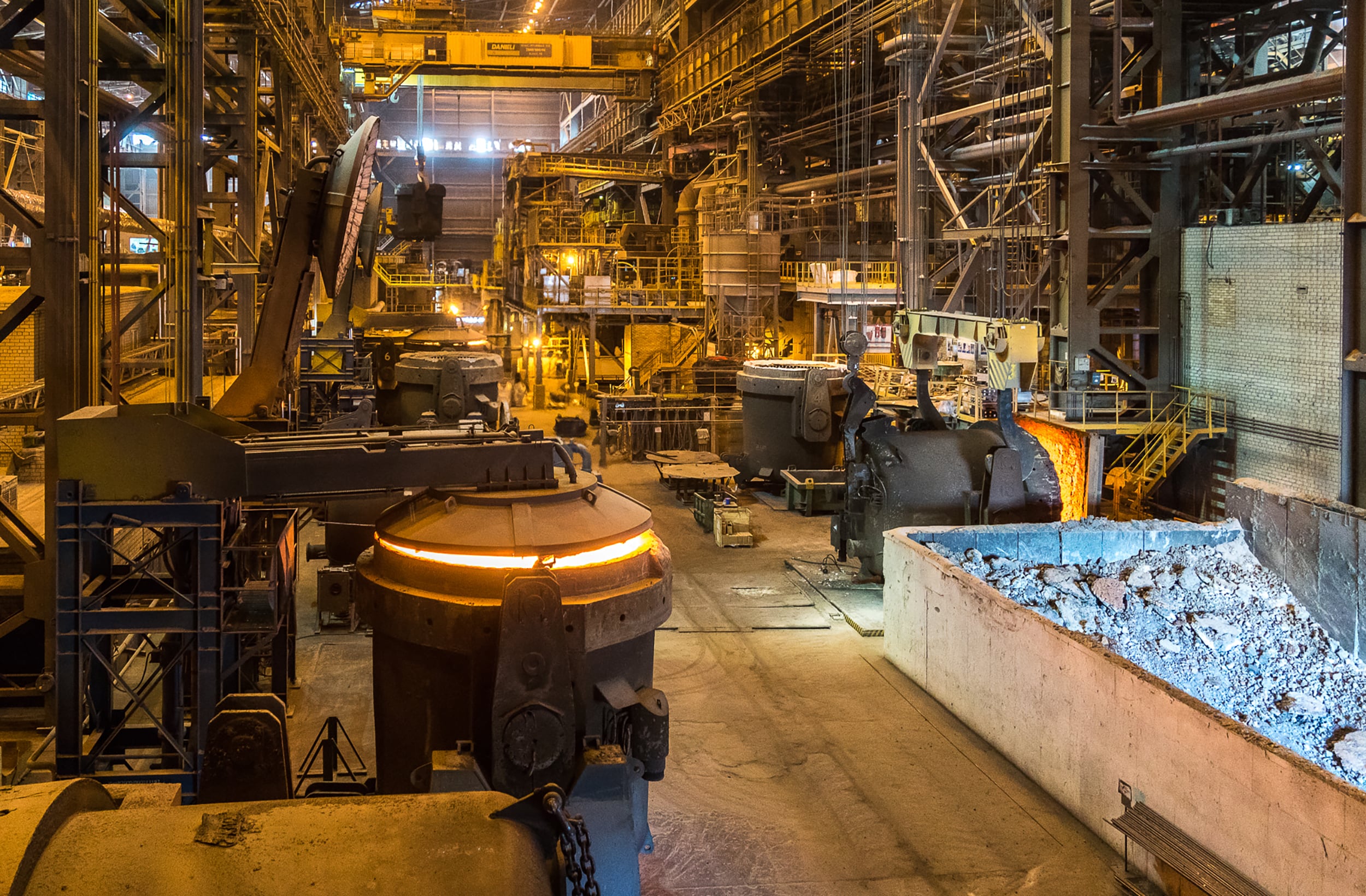
Want to Know More About the Particulate in Your Plant?
Characteristics of Contaminants in the Metals and Machining Industry
Contaminants generated from metal grinding may consist of surface coatings present on the component, the base material being worked, and the abrasives or materials from the tool. The particulate size distribution is very broad due to the variety of materials included in the process and is generally between 1-20 µm. The particulate may be abrasive and pose a combustion or explosion hazard. Contaminants from machining processes fall into three broad categories:
1. Mists and fumes from metalworking machines when coolant lubricant is used to extend the tool life and prevent workpieces from deforming due to heat stress during the machining process. The amount of coolant smoke and mist generated by these types of machines depends on the size of the stock (diameter), type of machining performed (boring, thread rolling), the rotational speed of the operation, and the depth of the cut. In general, the larger the stock, the faster the rotation and the deeper the cut which results in heavier smoke and coolant mist emissions.
2. Dust and fine particulates from dry processing machines and cutting applications range in both size and properties depending upon the dust type. The emissions from these dry processes are metal oxides which are similar in particle size to those generated in welding processes. The thickness of the material being cut, the cutting time per piece, and the hours of operation affect pollutant generation and loading. Smoke generated from the thermal cutting operation includes products of volatilization, dry metal oxides of the material being cut, coatings, and atmospheric contaminants.
3. Buffing and polishing operations produce three types of contaminants: fine grit from abrasive wheels, fibers from the buffing wheels, and waxy powders from rouge. Process dusts range from small spheres to elongated fibers. The particulate may also be combustible or explosive when collected.
Baghouse and dust collection systems create dirty gases that pass through a fabric filter in a baghouse are typically 1-100 microns in size. There are extensive dust properties that need to be evaluated and understood for the filtration system to work properly and provide high efficiency and long filter life. Examples of properties include particle size, density, moisture content, stickiness/flowability, temperature, reactivity, toxicity, and flammability.
Metal Fume Hazards
Exposure to fumes over time and in abundant concentrations has been linked to respiratory, neurological, and fertility problems including Metal Fume Fever and Parkinsonian Syndrome (manganism). Metalworking processes that contain chromium such as stainless steel or chromate coating are particularly hazardous and have been linked to various forms of cancer. In addition to health risks, uncontrolled weld fumes result in reduced worker productivity, product quality problems, factory maintenance issues, and environmental concerns
baghouse and dust collection training
We teach everything from industry terms, definitions, concepts, and filter cleaning systems to the basic dust collector design and operating parameters. In our training courses, we educate with the goals of helping you improve your day-to-day operations, understand various means to troubleshooting as well as how to save on maintenance and energy costs. Learn more to find out which training option makes sense for you and your team.
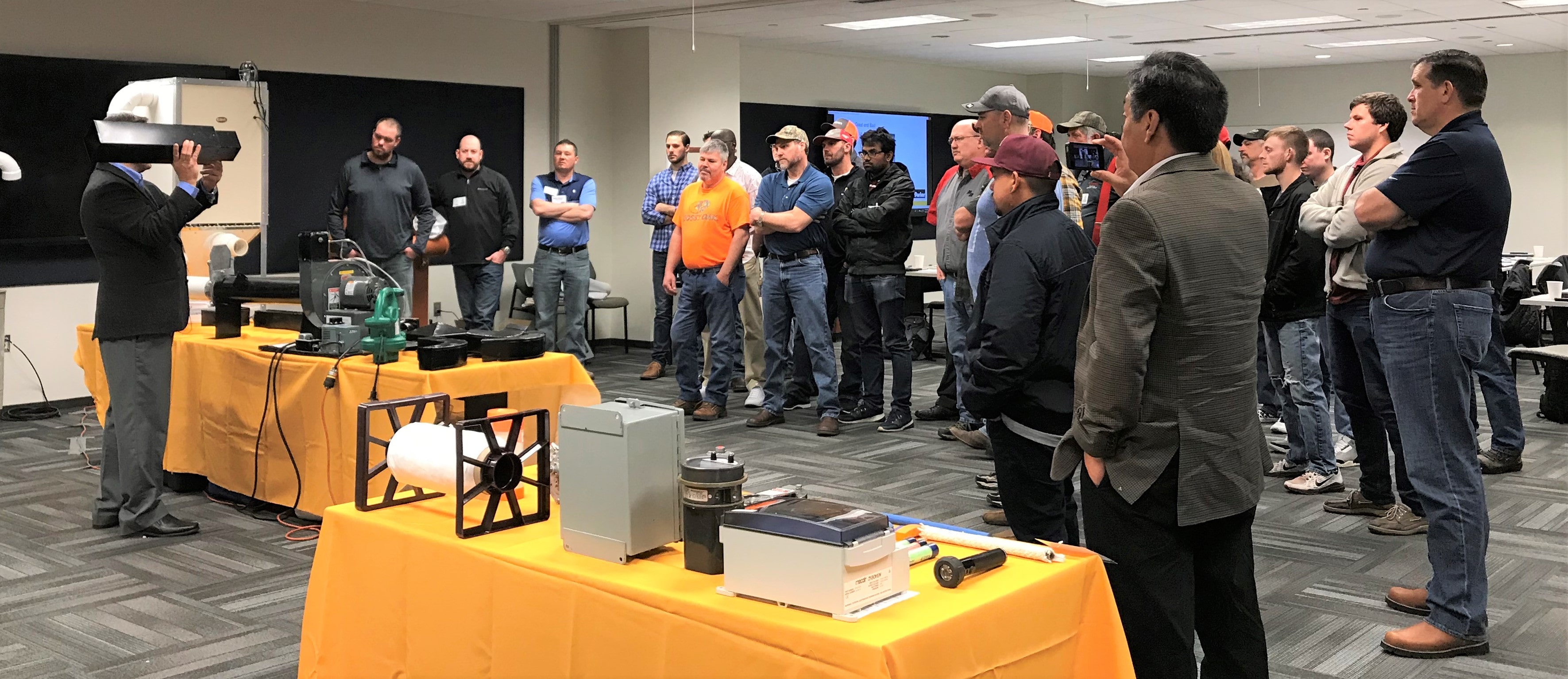
baghouse services for your Metals Plant
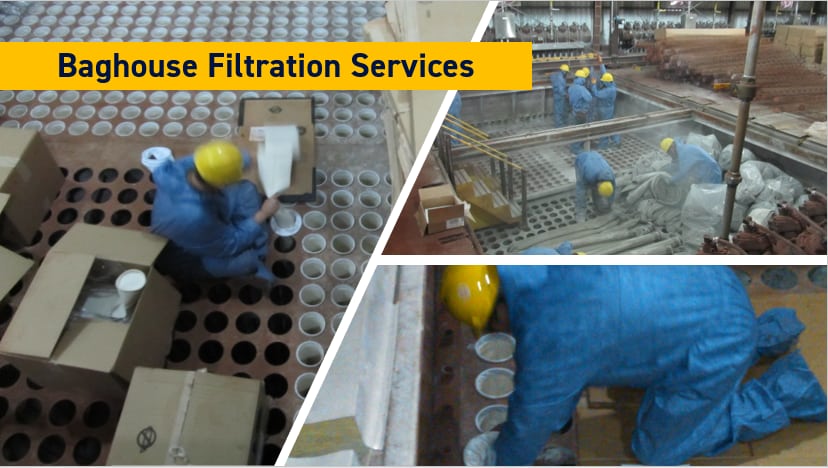
Need a Hand? We Can Help.
We have worked with our crews for 10+ years and they know our standards and our requirements to ensure our products continually outperform. For over five years we have had zero recordable accidents and zero MSHA or OSHA citations during all of our service jobs. Everyone on our team is MSHA and OSHA trained and highly experienced in installing all types of baghouse filters.
We help ensure your next outage is a success because:
• you will work with a dedicated, knowledgeable project manager for your specific job
• our service crews can handle installations or full change-outs
• we also offer technical advisors to oversee local crews, troubleshooting, and inspections
Only one purchase order is required to have your baghouse completely refurbished and having one company responsible for all aspects of the change out reduces the hassle of coordinating bags and crews. Contact us to get started on your next job.
Troubleshooting Guide

Fabric selection tool
The science of filtration can be tricky, and manufacturers continue adding more options to improve filtration. We offer just about any type of filter bag for your baghouse, regardless of OEM design and system conditions. We have media for all applications: polyester, acrylic, fiberglass, aramid, and more. Finishes are important to consider as well, like BHA® Preveil®, flame retardant, acid-resistant, whatever your specific dust collection needs require, we can achieve the best results for you.

CUSTOMER SERVICE AT YOUR FINGERTIPS!
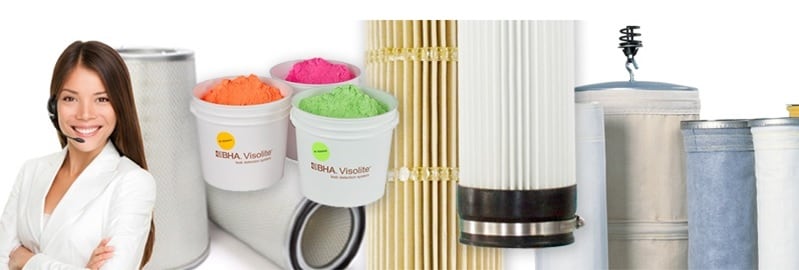
My Filtration Online is the place to go when you need something quickly. Your personal, online resource where you can track your orders, access your history, check lead times and minimum order quantities, cross-reference, obtain freight estimates or weights and dimensions, and so much more. You will save so much time using My Filtration Online. Download our fact sheet to learn more.
Contact us today or click here to sign up.

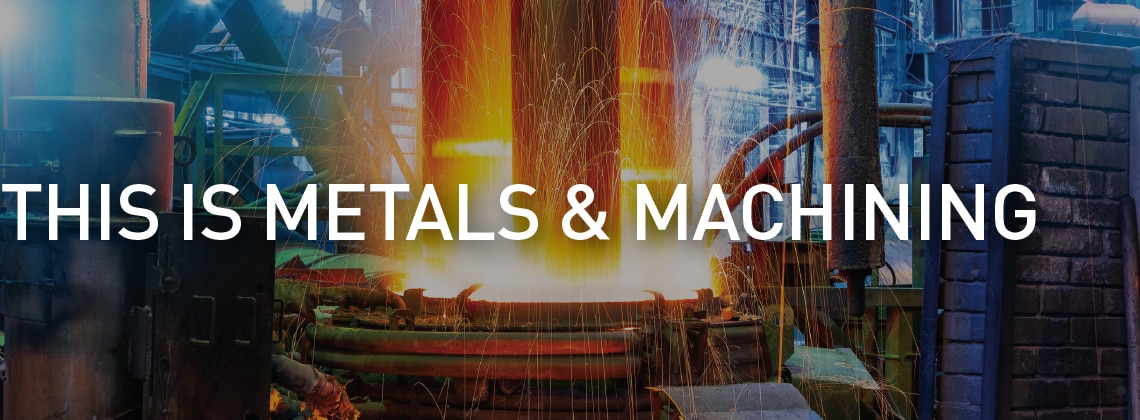

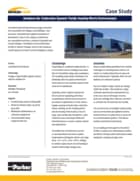

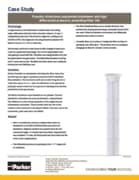
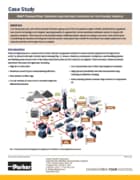
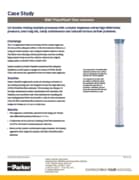
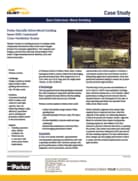
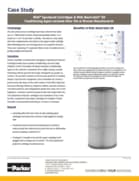
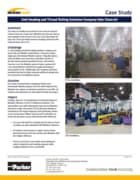
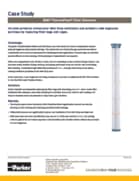





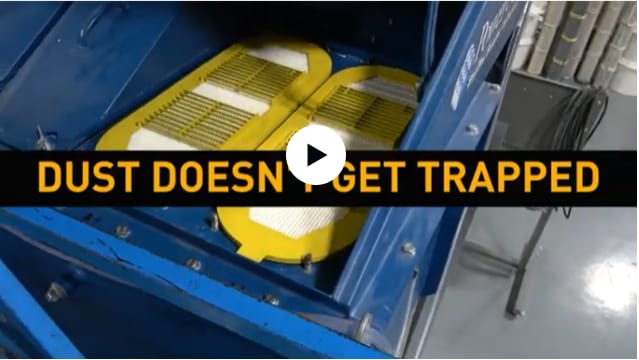
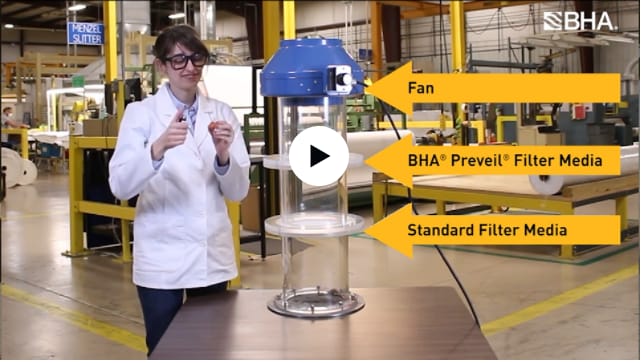
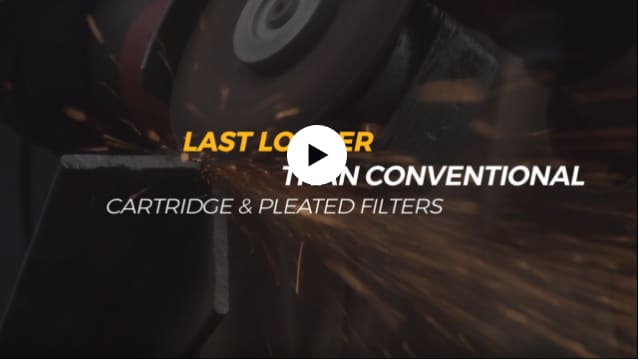

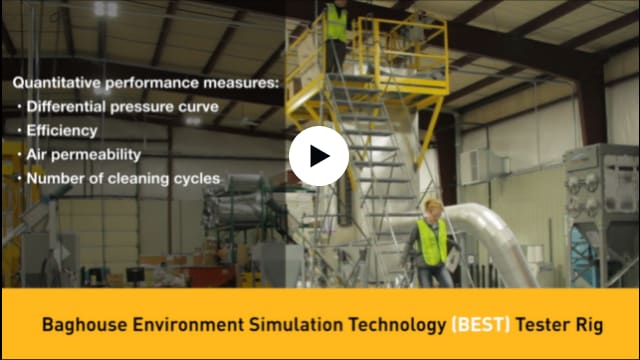

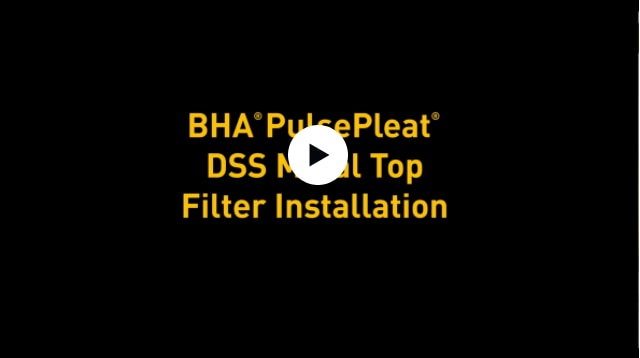

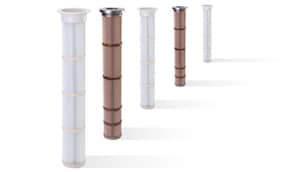

.jpeg)
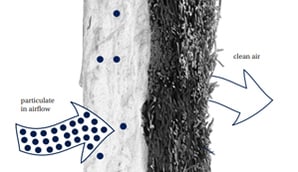
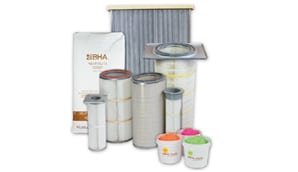
.jpeg)
